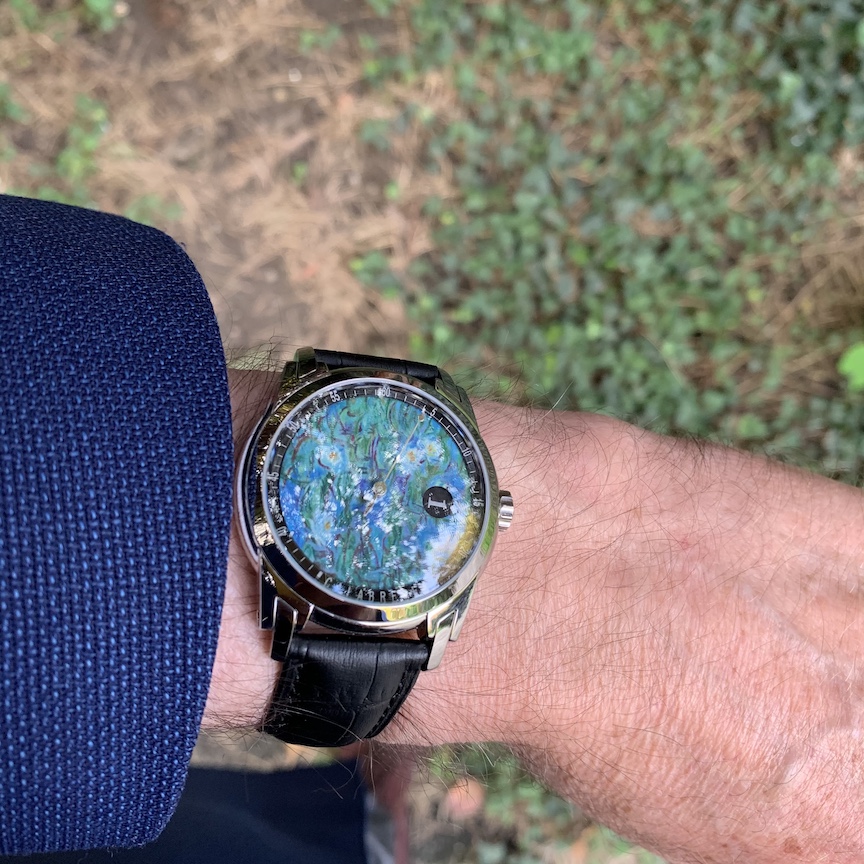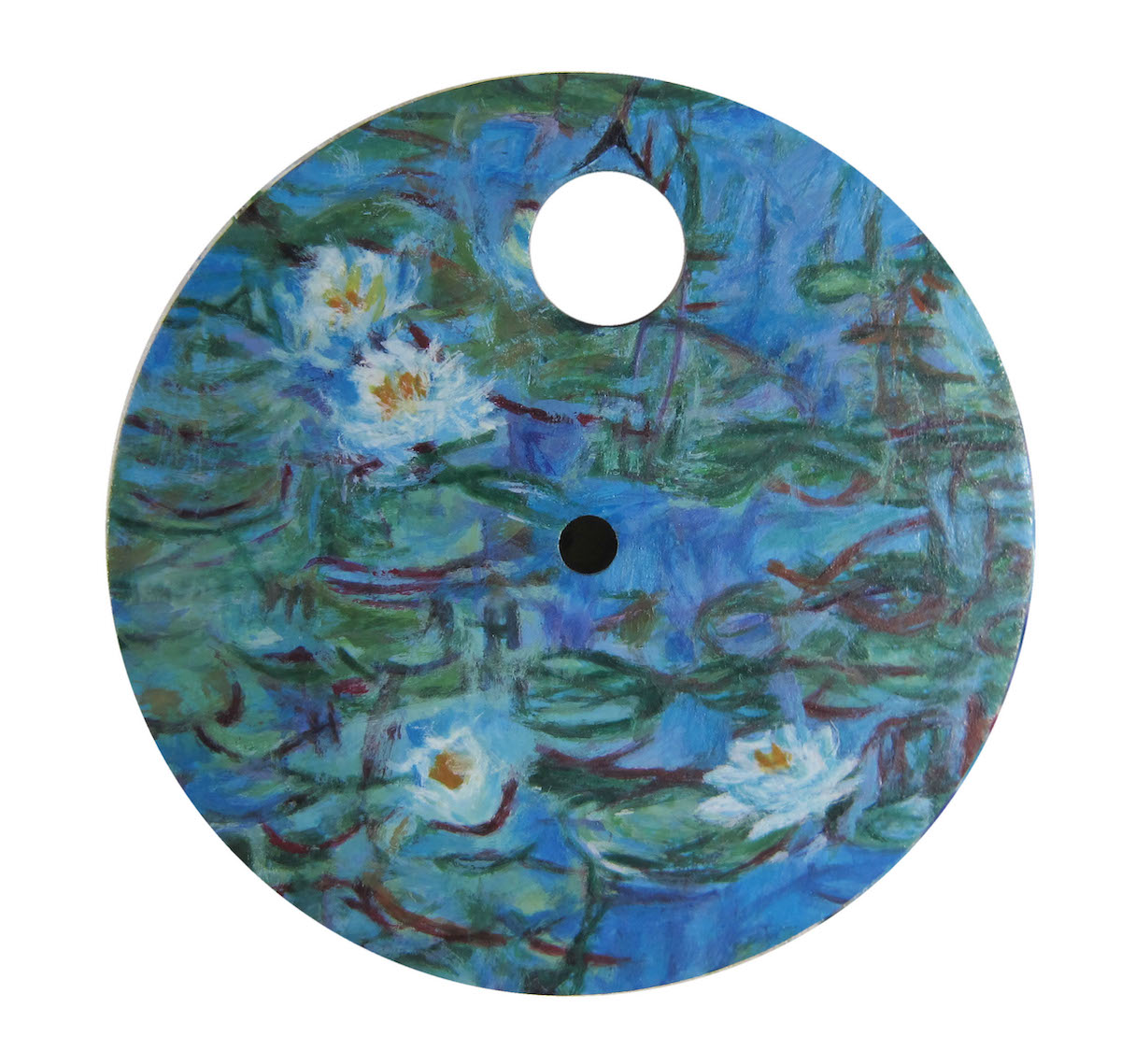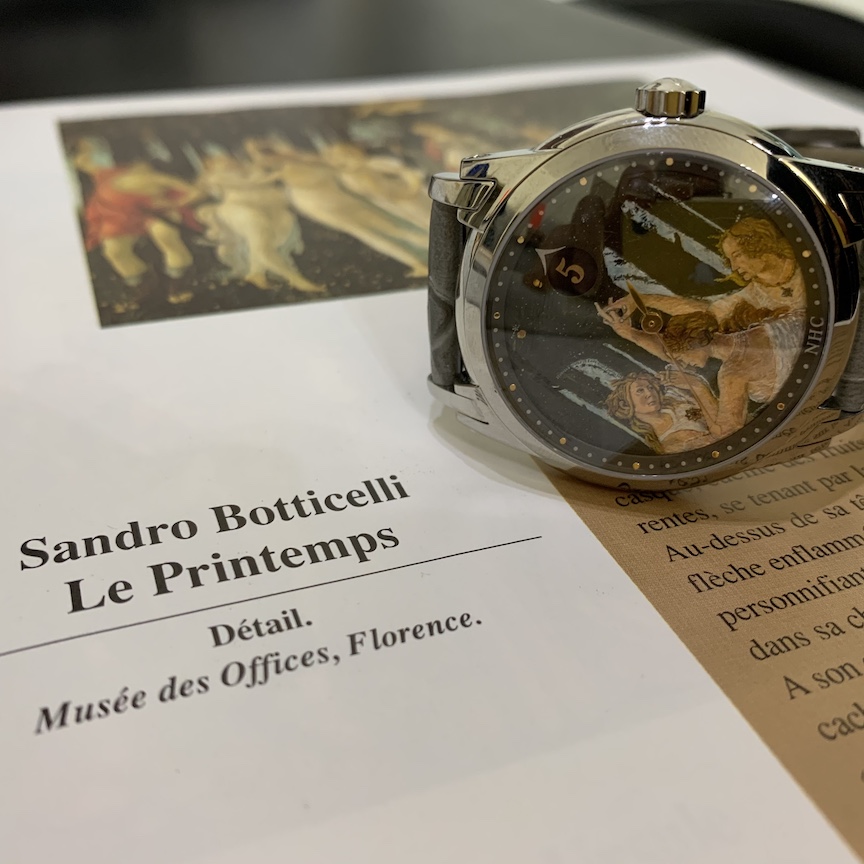
The new brand Watch Museum will recreate any work of art found in its partner museums on the dial of its watches.
The concept of Metiers d’Arts in watchmaking has become all-important in haute horology. Now, a new concept arises from a group of expert watchmakers and artisans that have banned together to launch Watch Museum to combine luxury art with complex watchmaking craftsmanship.
The Watch Museum teams with two of the world’s biggest museums, Uffizi Gallery in Florence, Italy, and the Muse’e d’Orsay in Paris to present a unique experience for art lovers as well as watch lovers. Additionally, Watch Museum can select art works from MoMA or the Prado Museum, with other museums coming soon. In its initial stages, Watch Museum is offering 12 pieces of art to start, but is willing to work with other museums around the world to secure different paintings as per the customer’s request– as long as the painting’s rights belong to the museum.

The Watch Museum dials are hand painted by artisan Philippe Jacquin-Ravot, and are powered by a wandering hours movement assembled by master watchmaker Vincent Calabrese.
Essentially, a customer works on a configurator and selects a work of art found inside one of the museums and then selects a portion of it that he or she would like to have as a close-up hand painted on a watch dial. The customer can select the details he finds to be most interesting. He or she can personalize the bezel and the color of the strap.Customers also have the opportunity to have a secret text written on the watch dial in way that is hidden to others. The text will be small and well-integrated into the dial so that only the owner knows it is there.
In order to ensure that the two art forms – art and watchmaking – showcase together in a beautiful and unique piece, the watches are devoid of hands and offer a wandering hour movement. Each timepiece is designed and built by master watchmaker Vincent Calabrese – the man behind the extraordinary Corum Golden Bridge movement.

Vincent Calabrese is one of the founders of Watch Museum, whose concept is rooted in the idea of bringing fine art to the wrist both inside and out.
The Watch Museum timepieces, as mentioned, is a wandering hour complication wherein the entire dial, complete with hour aperture, revolves. On the outer ring of the dial, is a minute track so that the wearer sees the hour in the aperture and reads the minutes from the corresponding ring. This allows the entire dial to be used as a canvas for the painting, whether it is van Gogh’s Starry Night, Botticelli’s Springor some other grand work of art. Because the dial wanders, the configurator lets the customer simulate the rotation of the dial in an accelerated version so that they can be sure they like the details in all positions.
Calabrese builds each watch movement individually, ensuring a unique masterpiece. At the same time, the master painter, in this case Philippe Jacquin-Ravot, is spending days and days recreating the scene on the dial. The miniature painting takes between 60 and 100 hours of tedious and meticulous work. Each watch takes about three months to complete thanks to the incredible hand craftsmanship and assembly. Each retails for $16,700.
For Calabrese and his partners in Watch Museum, the concept is rooted in the Italian Renaissance and the desire to bring famous works of art to every day life. I have been fortunate enough to know Calabrese for years and years, and he is, indeed, quite the philosopher and lover of art, so this project is near and dear to his heart. Plus, it has his own ingenious caliber as the heart of each watch. Sounds like a win/win to me.

Watch Museum works with multiple museums and is happy to reach out to any museum the customer wants to secure the art work rights.





